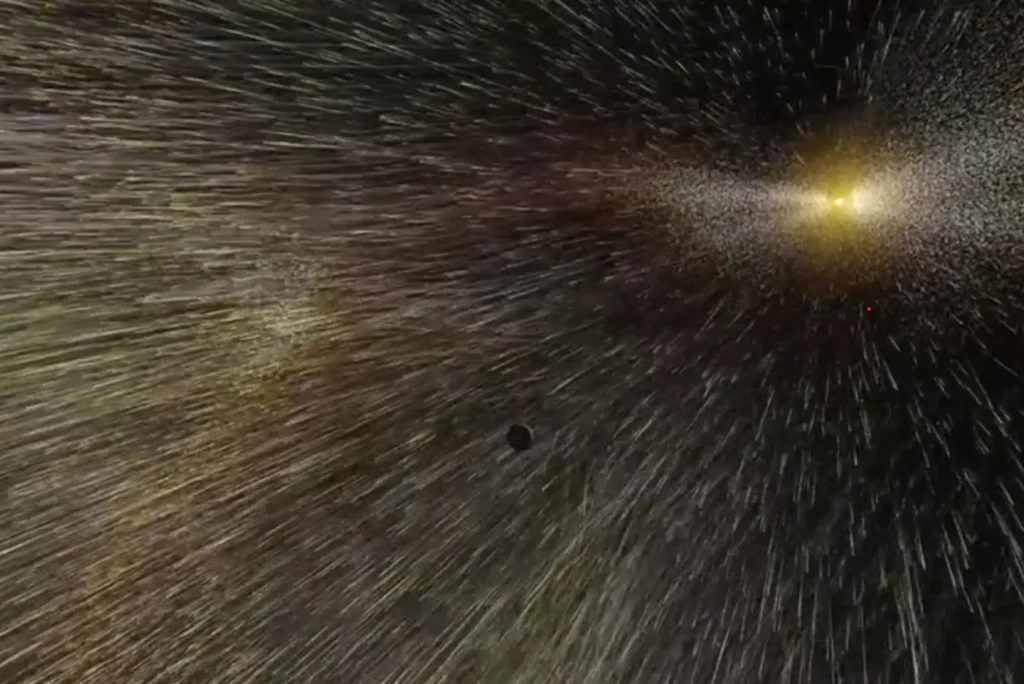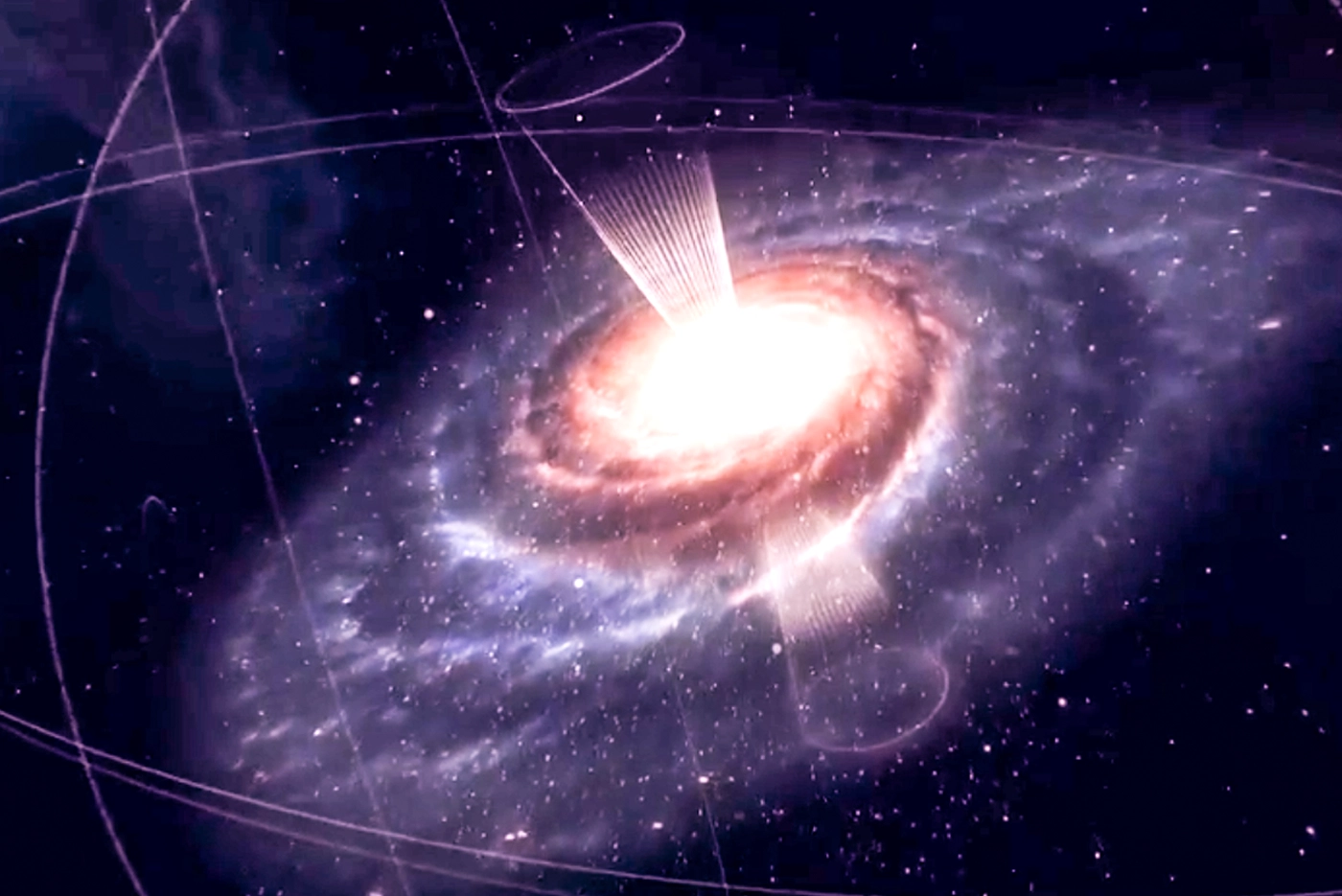The Bermuda Triangle of Space: Unraveling the Mysteries of the South Atlantic Anomaly
The Bermuda Triangle is infamous for tales of disappearing ships and aircraft, but did you know there’s a similar phenomenon in outer space? Known as the South Atlantic Anomaly (SAA), this mysterious region in Earth’s orbit has baffled scientists and astronauts for decades. Dubbed the “Bermuda Triangle of Space,” the SAA is an area where Earth’s magnetic field is unusually weak, causing strange and sometimes hazardous effects on spacecraft and satellites.
What is the South Atlantic Anomaly?
The South Atlantic Anomaly is a region located over parts of the South Atlantic Ocean and South America where Earth’s magnetic field is at its weakest. This anomaly is caused by the irregular shape of Earth’s magnetic field and the tilt of the planet’s magnetic axis.
In this area, the Van Allen radiation belts, which are zones of charged particles trapped by Earth’s magnetic field, come closer to the planet’s surface. As a result, satellites and spacecraft passing through this region are exposed to higher levels of cosmic radiation than anywhere else in Earth’s orbit.
What Happens in the Bermuda Triangle of Space?

- Satellite Glitches: Satellites passing through the SAA often experience malfunctions, with onboard computers sometimes rebooting unexpectedly. Sensitive instruments may produce inaccurate readings.
- Astronaut Risks: Astronauts aboard the International Space Station (ISS) report seeing flashes of light caused by high-energy particles penetrating the spacecraft when it orbits through the SAA.
- Data Corruption: Cosmic radiation can disrupt electronic systems and cause data corruption, posing challenges for spacecraft and scientific missions.
Why Does the SAA Exist?
The SAA is a result of Earth’s dynamic magnetic field, which is generated by the movement of molten iron in the planet’s outer core. The magnetic field is not perfectly symmetrical, and the interaction between the field, solar winds, and the Van Allen belts creates regions of magnetic irregularity, like the SAA.
How Scientists and Engineers Deal With It
- Orbital Planning: Satellites are programmed to shut down non-essential systems or enter safe mode when passing through the SAA to avoid damage.
- Radiation Shielding: Spacecraft are equipped with protective shielding to minimize the effects of high-energy radiation.
- Monitoring and Research: Scientists closely monitor the anomaly using ground-based and orbital sensors to better understand its behavior and predict its effects.
What Does the Future Hold?
The SAA is not static. It has been growing and shifting over time, raising questions about how Earth’s magnetic field might continue to evolve. Some researchers speculate that the anomaly could be a precursor to a geomagnetic reversal, an event where Earth’s magnetic poles flip—a phenomenon that has occurred periodically throughout history.
A Window into Earth’s Magnetosphere
While the South Atlantic Anomaly presents challenges, it also offers scientists an invaluable opportunity to study Earth’s magnetosphere and the impact of space weather on our planet. By understanding the SAA, we can better protect future missions and ensure the safety of astronauts venturing into space.
That said;
The “Bermuda Triangle of Space” reminds us of the vast and mysterious forces at play in the cosmos. As technology and exploration advance, solving the mysteries of the South Atlantic Anomaly will remain a priority for scientists and space agencies worldwide.
Would you dare to venture into the Bermuda Triangle of Space?
This is How I Lost…
Losing my first relationship was a powerful lesson in the importance of communication, appreciation, and..
Read MoreThe Reality of Illusion
The film introduces us to a young John Nash (Russell Crowe in an Oscar-
Read MoreShadows in the Desert Night
In Dubai, summer never truly ends. The heat lingers like a heavy blanket, even in December when other places see...
Read More


